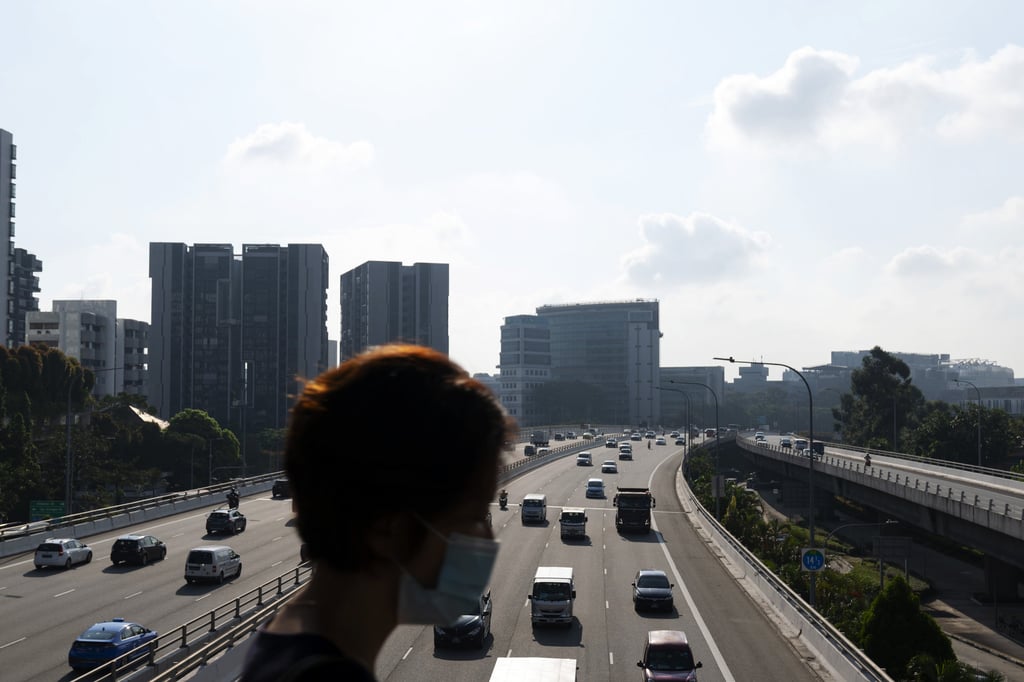Opinion | Why Hong Kong’s electric vehicle plan isn’t enough to hit carbon neutrality goals
- The scope of the government’s plan to promote electric vehicles is too narrow and focuses on private vehicles while leaving out buses and trucks
- It is deeply disappointing that the Environment Bureau is still unable to recommend a policy direction for greening commercial vehicles after numrous trials

The scope of the plan is narrow, covering private cars but leaving out commercial vehicles, such as buses and trucks. These are set to undergo more trials for another four years or so before any policy measures will be proposed.
The fund has spent HK$166 million on 210 trials of green technologies in the last 10 years, covering almost all types of transport including buses, light buses, light and medium goods vehicles and taxis. However, the Environment Bureau is still unable to recommend even a policy direction for greening commercial vehicles based on all those tests. This is deeply disappointing and might warrant an investigation by the Audit Commission as to what has gone wrong.
Technologies for low- or zero-emission transport for private cars and commercial vehicles have advanced rapidly in the last decade or so, from battery storage capacity to instant electrical power generated by fuel cells to hydrogen-fuelled combustion engines. Last October, the first 10 fully electric double-decker buses started operating in Singapore, which has hot and humid weather similar to Hong Kong. Singapore also plans to build 28,000 charging points by 2030 for the transition to electric vehicles.

London had 68 battery-powered electric double-decker buses in 2019, the largest zero-emission double-decker bus fleet in Europe. Since then, the number has grown to 316. In addition, the world’s first fleet of hydrogen fuel cell double-decker buses started operating on the streets of Aberdeen in Scotland this January and will be expanded to other major cities.
